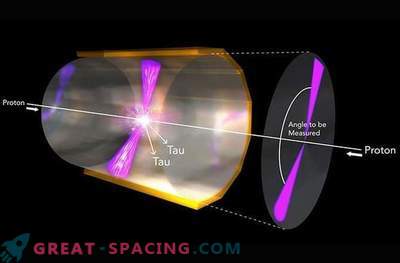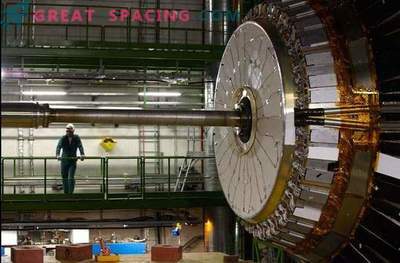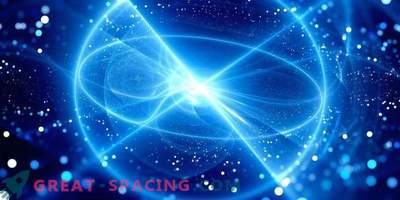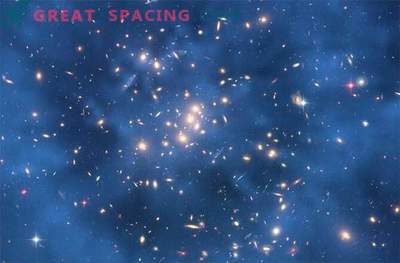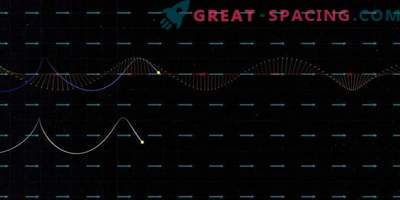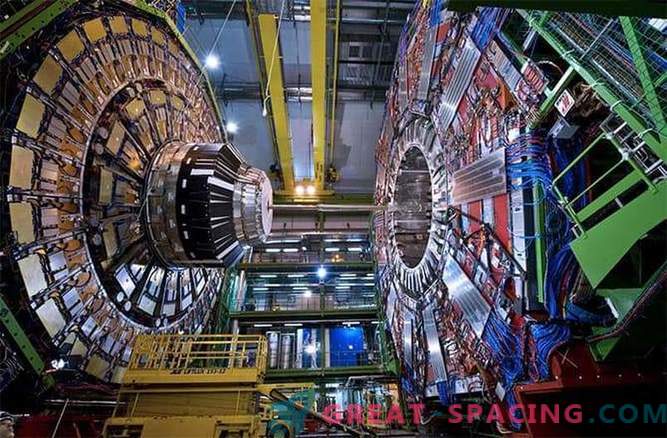
The most complex of human-built machines is preparing for a new cycle of unique physical research. But to start it is not enough just to press the “Start” button.
The Large Hadron Collider (BAC), created by the European Organization for Nuclear Research (CERN), is located in Switzerland near Geneva. In February 2013, it was stopped for repairs and improvements, and now physicists have embarked on a long procedure for restarting the unit. It will end no earlier than 2015.
Mike Lamont, the head of this operation, said in an interview with Symmetry Magazine that “the launch of the accelerator will last several months, and only then the LHC will resume its work. The accelerator needs care and love - in the form of debugging and troubleshooting. ”
The main particle accelerator, which is a ring with a diameter of 27 km, is located near the border of Switzerland and France. But this is only one of the components of the LHC. First you need to create charged particles. Then they are accelerated with the help of a “garland” of small accelerators gradually increasing their energy. Only after that the flow of particles is in the field of action of the most powerful superconducting electromagnets, where their speed reaches maximum values. On Friday, the LHC staff launched the first link of the garland - the source of particles. It separates electrons from hydrogen atoms and thus creates a stock of protons. This week, engineers will start restarting the next device, the Linac2 accelerator, in which the acceleration of the proton beam begins.
Then the proton synchrotron-booster-accelerator will be put into operation, which has undergone the most significant improvement after the LHC shutdown. This tool is now expected to take physical research to a new level.
“When the first particle beam arrives at the booster, it will be a very crucial moment,” says Paul Collier, who heads this area of work. “Among other things, we have completely updated the control devices that can be compared with the nervous system of the installation.” The launch of advanced equipment is eagerly awaited by many experimenters from CERN.
Experiments on collisions of high-energy particles were started at the LHC in 2009. Since then, the colossal installation has always been in the spotlight. So, on July 4, 2012, physicists reported the discovery of a new boson. The following year, we managed to confirm that it represents the Higgs boson, which is responsible for the inertial mass of elementary particles. Of course, the identification of this boson is not the only fundamental achievement made at the LHC (their list is growing rapidly). But it was precisely this discovery that made it possible to finally confirm the Standard Model, one of the central concepts of modern physics. The search for the Higgs boson was the main goal in creating the LHC. His discovery brought the Nobel Prize to the theorists Peter Higgs and François Engler, which was a tremendous triumph for the multi-million dollar project.
Recreating the conditions of the Big Bang era, scientists seek to unravel the deepest secrets of the subatomic world. In 2015, particle collisions inside the collider will occur at even higher energies than before. Four key experiments are planned for this year (ATLAS, CMS, LHCb and ALICE). So, we are waiting for a lot of amazing discoveries.
